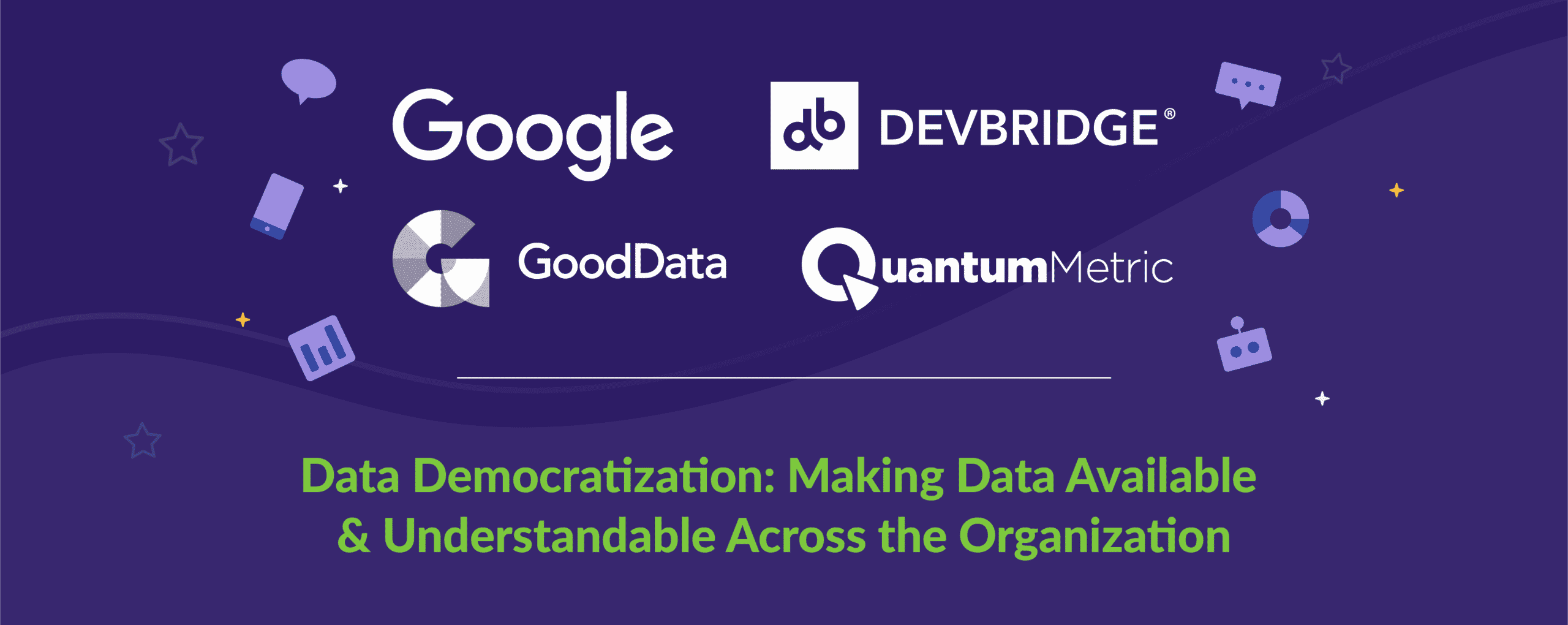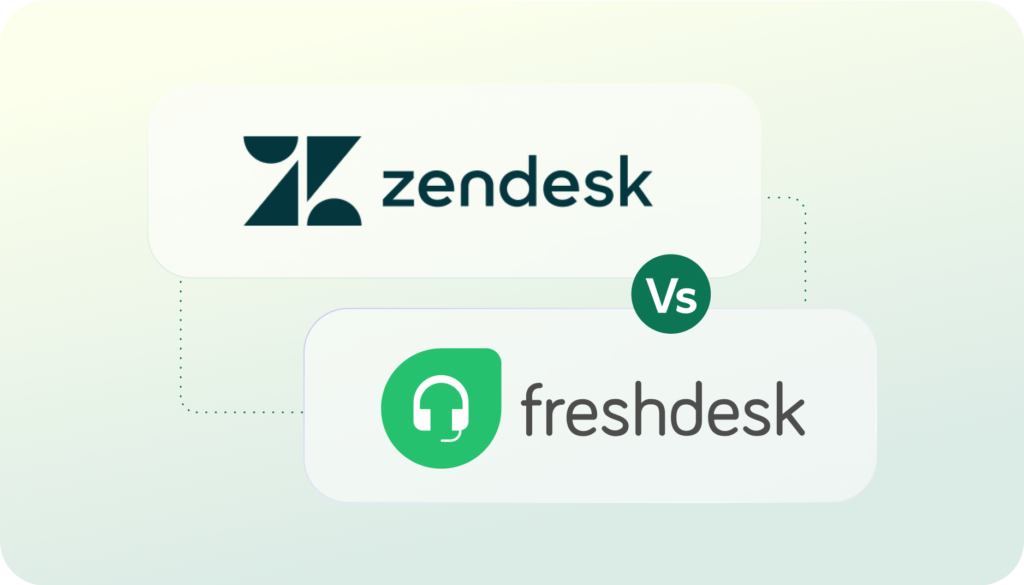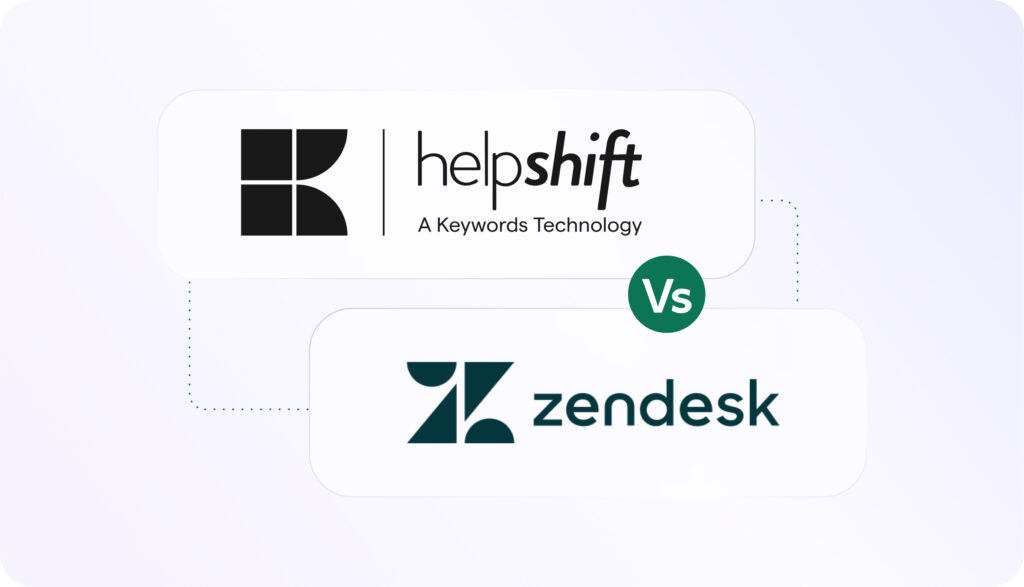Data democratization is the practice of ungating access to data within an organization and empowering even those with no technical know-how to easily use it to make more informed decisions on behalf of the company.
In this webinar from #ProductCon, the largest product management conference in the world, Google Product Lead Marily Nika speaks with executives from Quantum Metric, GoodData, Devbridge, and Helpshift about best practices for making data more accessible company-wide, breaking down organizational silos, using data to truly benefit the customer, and more.
You can watch the full episode now on demand. In the meantime, here are some of the highlights:
1. Make a shift at the company-culture level if you want to fully embrace data democratization.
“It’s worth making a culture change and incentivizing teams to be open with data so employees don’t have to go through ten steps and different teams to get what they need… When you get to insights quicker, you can do your job better.” – Adam Dille, SVP of Product and Engineering, Quantum Metric
2. Clearly define your data objectives from the start.
“When it comes to being data driven, companies should approach it like a product management problem, where the first question is who is the user and what is their goal? It’s not just about being data-driven, but also having an associated reason and persona.” – Marily Nika, Product Lead, Google
3. Ensure that all employees have access to the data they need to do their job.
“At this moment, only 5% of people in a company can use data. For that number to become 100%, data has to become pervasive and invisible.” – Roman Stanek, Founder and CEO, GoodData
4. Pay equal attention to the quality of data you’re providing.
“What I see right now with analytics is that they’re always retroactive, like what happened over the course of the last month or three months. There should be better access to current data.” – Aurimas Adomavicius, President, Devbridge
5. Use data to not just build better products but also deliver better customer service.
“When a customer raises their hand to get help, you have an opportunity to make them feel like a champion or make them go away… For example, if you know they’re a VIP player in advance, you can better deliver the type of experience they’re expecting. And, if you can do all of this in real-time, data can help you create an incredible experience for a customer.” – Erik Ashby, Head of Product, Helpshift
Learn more about using Helpshift data analytics to provide better customer experiences and stay tuned for details on a related Meet and Greet event with Helpshift Head of Product Erik Ashby.




